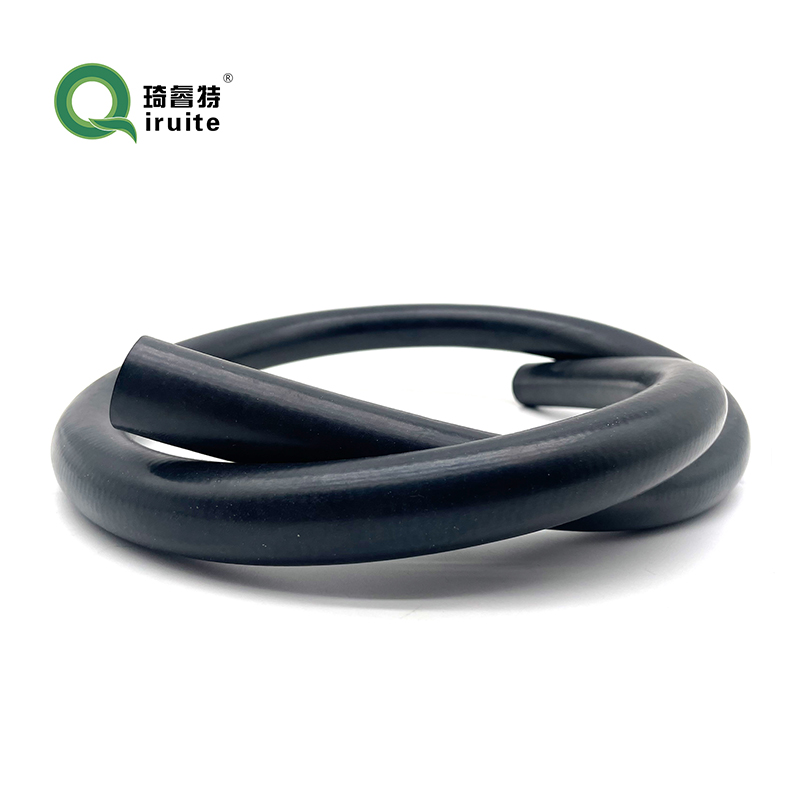is r134a still available
Is R134a Still Available? An Overview of Its Status and Alternatives
As environmental consciousness rises and regulations adapt to safeguard our planet, the refrigerant R134a has become a topic of significant discussion among consumers, manufacturers, and environmentalists alike. Initially introduced in the late 20th century as a viable replacement for R12, R134a quickly gained popularity due to its effective cooling properties and lower ozone depletion potential. However, as the years have progressed, regulations surrounding refrigerants have tightened, leading to questions about the availability and future of R134a.
R134a, or tetrafluoroethane, is a hydrofluorocarbon (HFC) that has been widely used in automotive air conditioning systems, commercial refrigeration, and household appliances. Its ability to provide effective cooling without harming the ozone layer made it an attractive choice for manufacturers. However, R134a is a potent greenhouse gas, with a global warming potential (GWP) that is significantly higher than carbon dioxide. This has raised alarms within environmental protection circles and led to the implementation of the Kigali Amendment to the Montreal Protocol, aimed at gradually phasing down HFCs.
Is R134a Still Available? An Overview of Its Status and Alternatives
Despite the mounting regulatory pressure, R134a is still prevalent in many markets, especially in regions where these regulations have not yet been fully adopted or enforced. Many automotive manufacturers continue to use R134a in their vehicles as this refrigerant remains an effective solution for vehicle air conditioning. However, as regulations tighten, manufacturers are beginning to transition toward more environmentally friendly alternatives.
is r134a still available

One of the most notable substitutes for R134a is R1234yf, a refrigerant with a significantly lower GWP. R1234yf has been adopted by numerous automotive manufacturers and is increasingly becoming the standard for new vehicles. While some may be concerned about compatibility and performance issues, studies have shown that R1234yf provides adequate cooling efficiency while posing a lower threat to the environment.
Another alternative includes natural refrigerants, such as ammonia (R717) and carbon dioxide (R744). These options offer excellent thermodynamic properties and have minimal environmental impacts when managed correctly. However, they also come with certain challenges, including safety concerns and the need for specialized equipment, which can deter their widespread adoption in some sectors.
The transition from R134a to newer refrigerants does not mean that R134a is immediately unavailable, as existing supplies will likely persist in the market for some time. Many service centers and technicians are still equipped to handle and recharge R134a systems, so vehicle owners may not need to panic just yet. However, as we continue towards a future with stricter environmental regulations, it’s essential for consumers to consider the long-term implications of refrigerant choices.
In conclusion, while R134a is still available and widely used in many applications today, its popularity is gradually waning in the face of environmental regulations and the availability of more eco-friendly alternatives. As the push towards sustainability continues, businesses and consumers alike must stay informed about the changing landscape of refrigerant use and consider making the switch to safer, greener alternatives. The journey towards a more environmentally responsible future in refrigeration and air conditioning is just beginning, and being proactive in understanding these changes can make a significant difference for our planet.
-
Ultimate Spiral Protection for Hoses & CablesNewsJun.26,2025
-
The Ultimate Quick-Connect Solutions for Every NeedNewsJun.26,2025
-
SAE J1401 Brake Hose: Reliable Choice for Safe BrakingNewsJun.26,2025
-
Reliable J2064 A/C Hoses for Real-World Cooling NeedsNewsJun.26,2025
-
Heavy-Duty Sewer Jetting Hoses Built to LastNewsJun.26,2025
-
Fix Power Steering Tube Leaks Fast – Durable & Affordable SolutionNewsJun.26,2025

